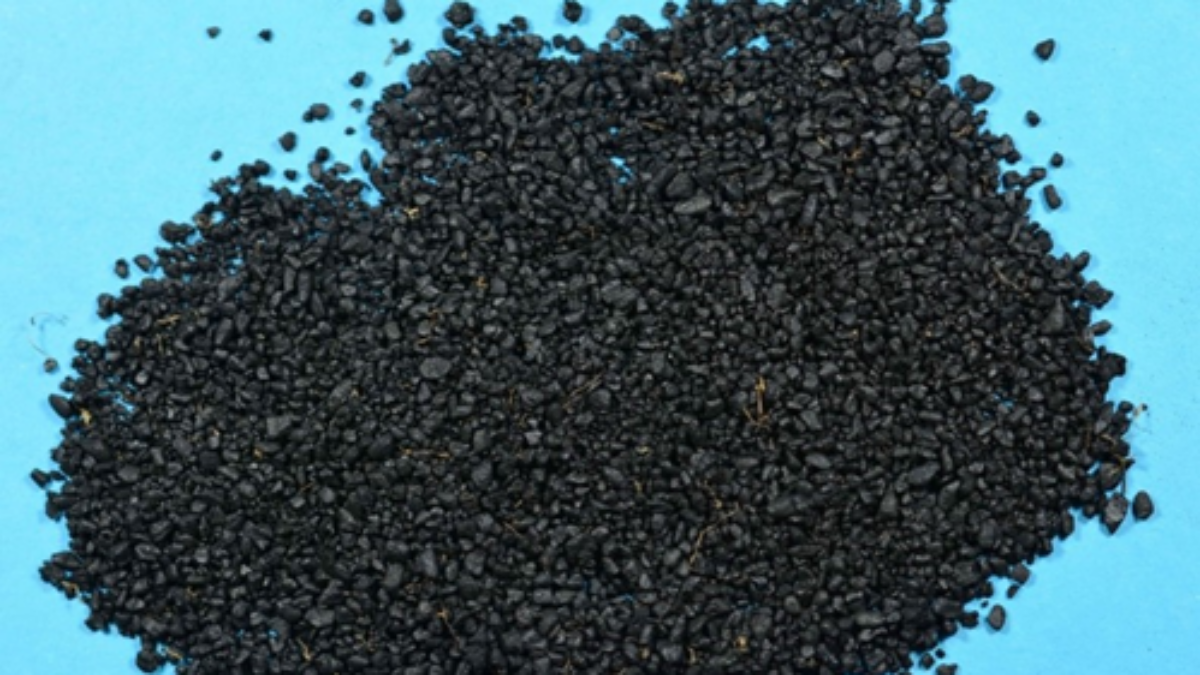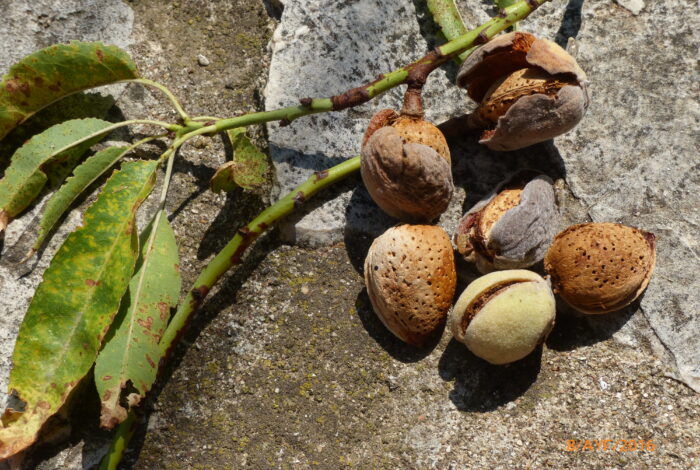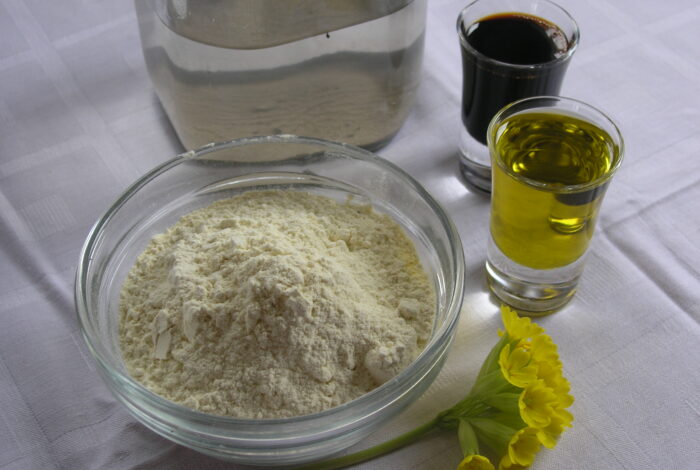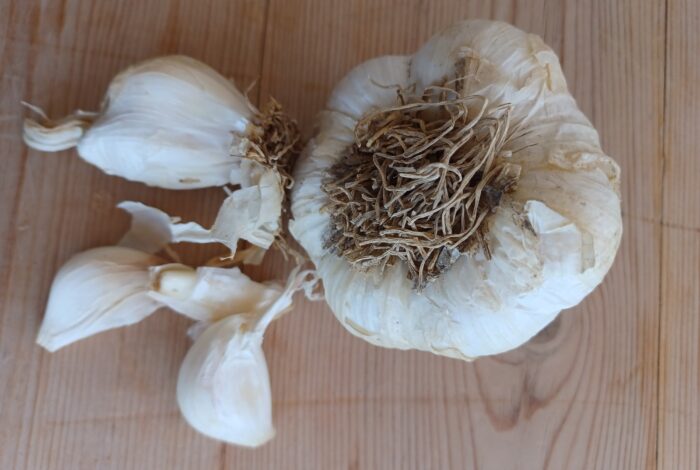Soultana-Maria Valamoti, Professor, AUTh
Bulgur has been described as the fast food of prehistoric times, since with very little preparation and fuel, it can be transformed into a delicious meal of exceptional nutritional value. It is made with clean wheat grain that has been simmered for a while, thoroughly sun-dried, then stripped of its bran and ground. This processing allows easy storage, while with a quick soak and boil it becomes a healthy, nourishing meal that can be eaten either on its own or combined with other ingredients. The earliest bulgur wheat found in Greece to date is 4,000 years old and was discovered during palaeobotanical research at two sites in the north of the country, Mesimeriani Toumba and Archontiko Giannitson, not far from Thessaloniki (Image 1). There, hundreds of grains of wheat were found, having been boiled and ground before being carbonised in the fire that preserved them in the archaeological layers.
The preparation of bulgur in antiquity is referenced in the Geoponika, a text compiled on the orders of the Byzantine emperor Constantine VII Porphyrogenitus and dated to the 10th century AD, though it is believed to include information from antiquity. In this text, under the entry chondrou poiesis (“making of groats”), the steps of bulgur preparation – referred to as chondros – are described in a manner very similar to modern methods: hulled wheat grains (specifically zea) were to be boiled, pounded together with gypsum and white sand, and then sifted into three different sizes, ensuring this was done during the hottest days of the year to prevent spoilage. The work stresses that the chondros is the best part of the bulgur.
Wheat grains were processed to make bulgur in Greece from the prehistoric period onwards, through antiquity and into the modern day, highlighting its continuity as a staple foodstuff throughout history. It remains a nutritious ingredient in many recipes as a substitute for rice, which arrived much later in Greece. Hippocrates notes the existence of bread made with chondros, i.e. bulgur, relating that it was considered nourishing but not especially digestible. Today, even though traditional techniques have long since been made obsolete by modern technology, bulgur continues to be prepared at home with methods and ingredients familiar to our prehistoric ancestors: wheat, water, hot sunlight and lots of hard work, to produce a truly unique and flavourful result (Image 2).

Image 1
Carbonised wheat grains from Mesimeriani Toumba near Thessaloniki, c. 2100-1900 BC. Valamoti et al. 2019, Journal of Archaeological Science
Image 2
Making bulgur in the village of Kosmati, Grevena, October 2017

Photograph from Soultana Maria Valamoti, 2023, Plant Foods of Greece, University of Alabama Press










